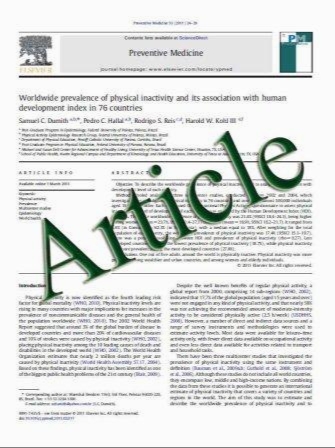Differences in structural geometrical outcomes at the neck of the proximal femur using two-dimensional DXA-derived projection (APEX) and three-dimensional QCT-derived (BIT QCT) techniques
- نوع فایل : کتاب
- زبان : انگلیسی
- مؤلف : B. C. C. Khoo & K. Brown & K. Zhu & M. Pollock & K. E. Wilson & R. I. Price & R. L. Prince
- چاپ و سال / کشور: 2011
Description
Summary Structural geometric parameters at neck of the proximal femur were obtained using DXA-derived hip structural analysis (APEX 3) and quantitative computed tomography-derived (BIT QCT) techniques in 237 elderly females. Linear correlations for parameters ranged from 0.45 to 0.90. The average value of the subperiosteal width, as determined by the two techniques, was the same; variables dependent on mass measurements were different. Introduction There has been increasing interest in using bone structural geometry to assess bone fragility to complement bone mineral mass. The objective of this study is to compare structural geometrical differences between “2D” DXAderived and “3D” QCT-derived techniques in unselected clinical cases. Methods All 237 females had both DXA and QCT assessments of femoral neck structural geometry. Variables compared were areal bone mineral density, cross-sectional area (CSA), cross-sectional moment of inertia (CSMI), section modulus (Z), averaged cortical thickness (Ct), endosteal width (ESW), subperiosteal width (W), and buckling ratio (BR). Results Correlation of femoral neck variables ranged from 0.45 for ESW to 0.90 for CSA. APEX 3 and BIT QCTderived femoral neck W values were numerically similar. However CSA, CSMI, Z and Ct values measured by APEX 3 were higher and ESW and BR values were lower than corresponding BIT QCT. Conclusions 2D DXA structural analysis of neck of femur is related to but different from same parameters calculated from true 3D images obtained by CT. Femoral neck size values are similar for DXA and QCT, but structural geometrical variables dependent on mass calibration standards, location of neck ROI and mathematical derivation techniques are different.
Osteoporos Int DOI 10.1007/s00198-011-1727-6 Received: 28 March 2011 / Accepted: 21 June 2011


